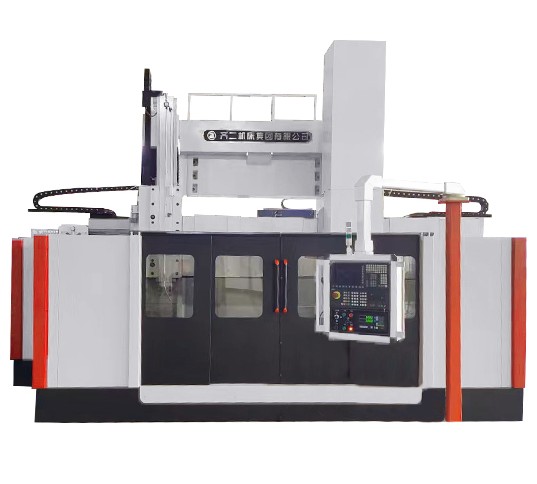What is the difference between a regular lathe, a CNC lathe, and a vertical lathe
The difference between ordinary lathes, CNC lathes, and vertical lathes is that ordinary lathes rely on gears and ordinary screw nuts for transmission.
Due to the presence of gaps between each motion pair and inaccurate manual operation, the repeatability accuracy is low. Ordinary lathes require manual measurement after parking, resulting in significant measurement errors and low efficiency. Suitable for small batches, low precision requirements, and miscellaneous parts. It has a lower investment compared to CNC, but requires higher operating skills from workers, resulting in a higher salary level.
The scrap rate and productivity of low-level workers can be a headache for you. The CNC lathe relies on a stepper motor to drive the ball screw drive. Due to the interference of the ball screw, the transmission has no clearance, and the accuracy is mainly guaranteed by the machine itself and the program. It can automatically measure and compensate tool wear and other errors during machining. So the processing quality is good and the accuracy is stable. Programming can also be used to turn parts with complex shapes that are difficult to machine with ordinary lathes. Suitable for parts with high precision, large batches, and complex shapes. But small-scale production is also very useful. Its maintenance cost is higher than that of an ordinary lathe. Vertical lathe is mainly used for large parts, and its main axis is vertical. Vertical lathe also has CNC.
Due to the increasing shortage of high-tech talents, newly established enterprises often adopt CNC to improve productivity and product quality, reduce scrap rates and costs. Vertical lathes are large mechanical equipment used to process large and heavy workpieces with large radial dimensions but relatively small axial dimensions and complex shapes. Cylindrical surfaces, end faces, conical surfaces, cylindrical holes, conical holes, etc. for various types of discs, wheels, and sleeve workpieces. Additional devices can also be used for machining threads, spherical surfaces, profiling, milling, and grinding.
Compared to a horizontal lathe, the workpiece is clamped inside the clamp decoration of a horizontal lathe. The axis of the vertical lathe spindle is arranged vertically, and the workbench surface is in a horizontal plane, so the clamping and alignment of the workpiece is more convenient. This layout reduces the load on the spindle and bearings, so vertical lathes can maintain working accuracy for a longer period of time.





